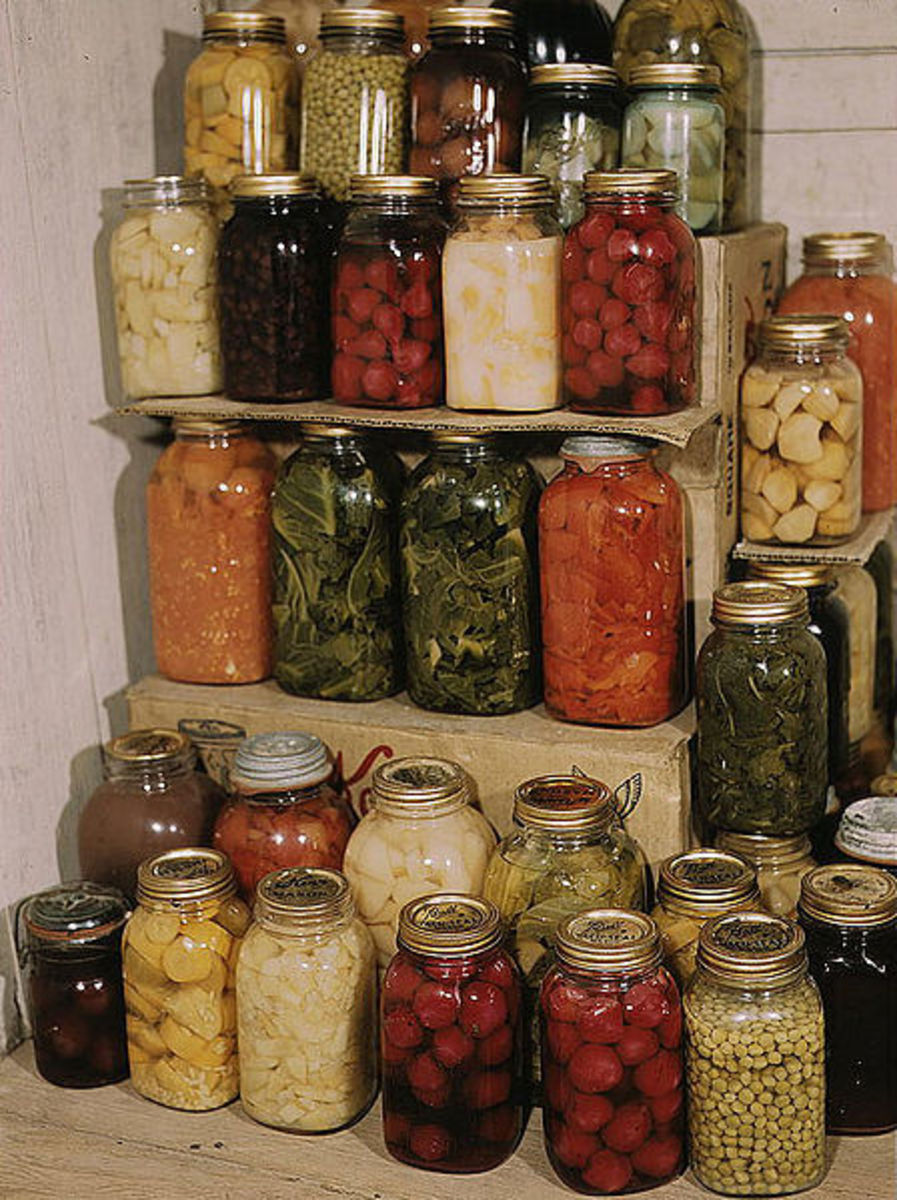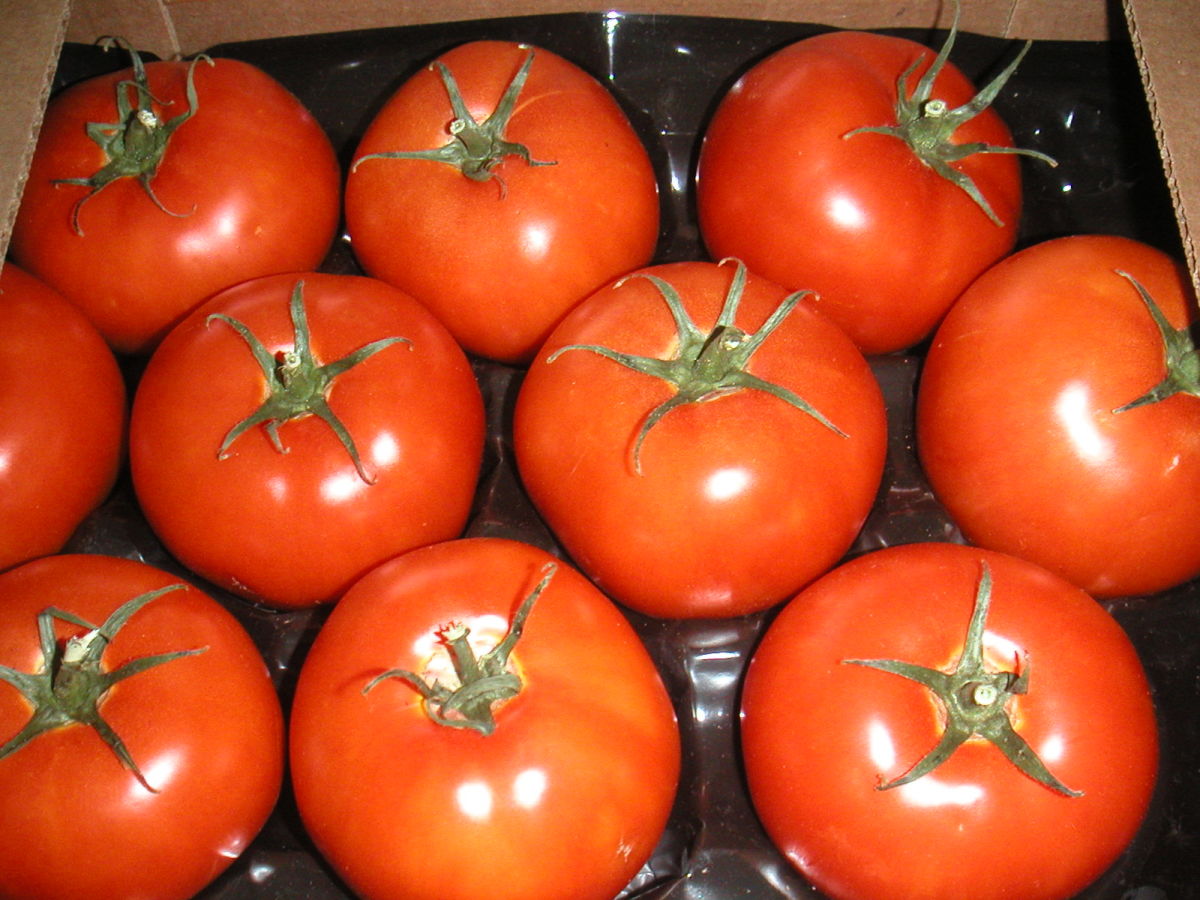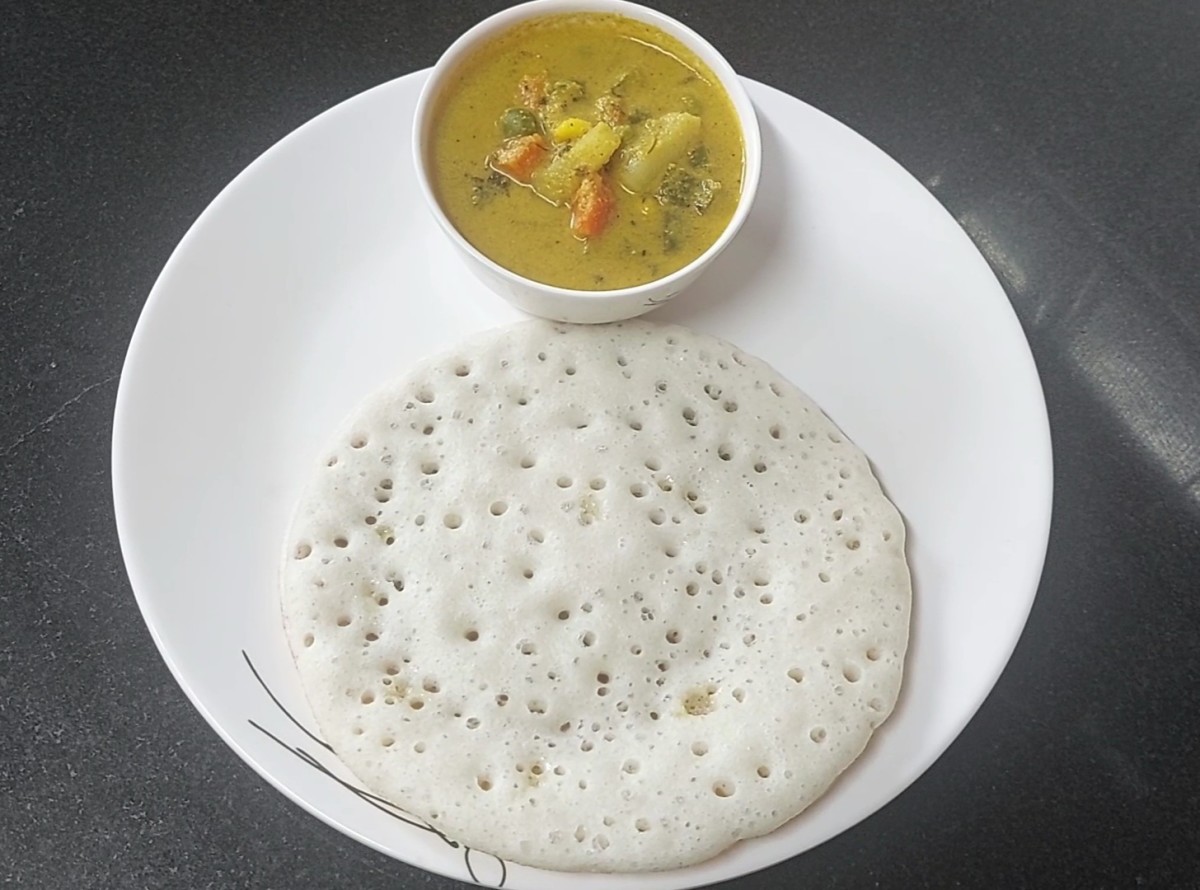Home Canning Equipment
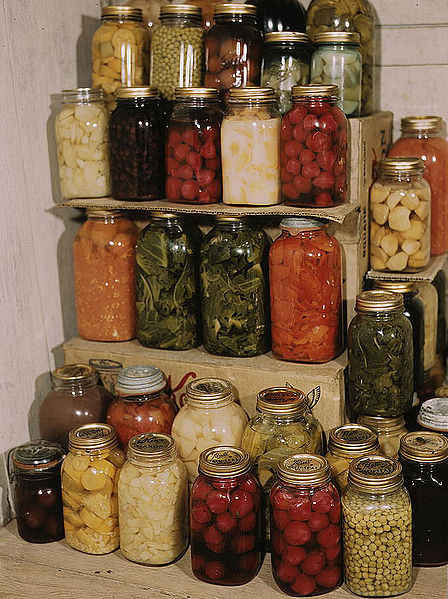
Home canning has become more popular in recent years. Families are increasingly turning to growing their own vegetables to save money and have healthier food to consume. Some years the garden produces much more than expected (or maybe more was planted than was needed) leading families to canning the excess to store for future months.
Canning and preserving food is not hard but must be done with care and the proper equipment to ensure the food preserved is safe to eat. Home canning requires minimal but specific equipment.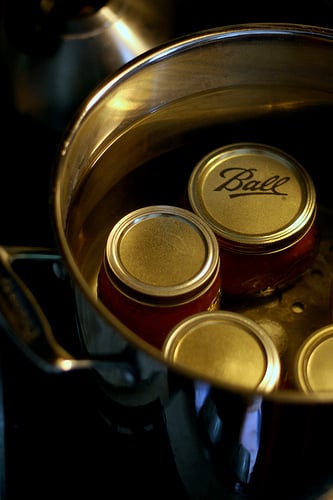
Canners
There are two kinds of canners most often used – water bath canner and pressure canner. A water bath canner is a large kettle deep enough for boiling water to cover the jars by two inches. It has a rack to hold the jars, which keeps the jars off the bottom of the kettle and also makes removing them easier. A very large pot can also used for water bath canning. Use this type of canner for high-acid foods only, such as fruit and tomatoes.
A pressure canner is also a large kettle made specifically for pressure canning, the method used for preserving low-acid foods such as meats, all vegetables except tomatoes, and figs. It comes with a tight-fitting lid with gasket and a pressure gauge. The lid and gasket ensure that steam does not escape from the pot. The gasket should be checked periodically to be sure it is not hard or broken. The pressure gauge can be either a dial gauge or a weighted gauge. A dial gauge has a needle that moves along a numbered scale to indicate the pressure within the kettle. This kind of gauge must be tested annually or more often to make sure it is accurate. A weighted gauge enables the pressure inside the kettle to reach a specific level. Once that point is reached, the gauge releases the excess pressure in the kettle.
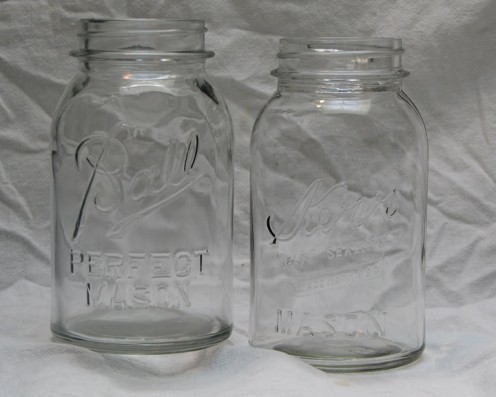
Jars and Lids
Jars made specifically for canning should be used, namely Mason jars. It is not recommended to use jars bought with other foods, such as pickle, salad dressing or mayonnaise jars. Those jars may not withstand the pressure or heat of the canner and will not seal properly. Jars come in several sizes – half-pint, pint and quart. The mouth is usually 2-3/8 inches though wide mouth jars are available. These are usually 3 inches and make filling and emptying the jars easier.
Canning lids are two-part lids, usually self-sealing. The flat part seals and the metal screw band tightens over it. Lids need to be replaced with each canning to ensure they maintain a proper seal as the sealing gasket on the bottom of the flat lid may not seal well after the first use. '> a>auge has a needle that moves along a numbered scale to indicate the pressure within the kettle. This kind of gauge must be tested annually or more often to make sure it is accurate. A weighted gauge enables the pressure inside the kettle to reach a specific level. Once that point is reached, the gauge releases the excess pressure in the kettle.Other Essential Equipment
A jar lifter is necessary for lifting the jar out of the canners after processing. It looks like a wide set of tongs. Metal tongs can be used on smaller jars, but the jar lifter is made specifically to be used for this purpose.
A wide funnel is not strictly necessary but makes filling those jars much easier.
A dish towel or paper towel is necessary to clean the rims of the jars before putting the sealing lids on them. If the rims are not cleaned properly, the lids may not seal causing spoilage. A heavy dish towel or mat is also needed to place the hot jars on to cool after processing.
A plastic spatula or knife is used to release trapped air bubbles. After filling the jars, run the back of the spatula or the knife between the food and the jar to release any trapped air bubbles.
Labels are necessary to mark the jars with the ingredients and processing date. Most preserved or canned food is good for at least a year after processing.
A timer ensures that food is processed for the right amount of time. Any timer will do the job.
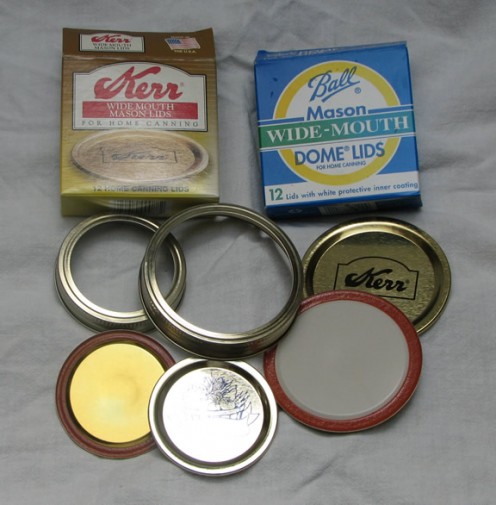
Non-Essential Equipment
These items may not be necessary but they make the job easier. Things like a bean frencher, apple corer, and cherry pitter prepare the fruit or vegetables for canning. Things like a jar cleaning brush and silicone mitts also are not necessary though in the case of the mitts they may save the hands from burns.
Finally, Ball and Granite Ware offer canning kits which include the essential tools in one easy-to-order kit.
- Home Canning - A Brief Overview
Growing up in the South, the end of summer and into fall brought neighbors to our front door, arms loaded down with colorful, packed Mason jars. Mom gratefully (and gracefully) invited them in, put the... - Support Your Local Farmers Market
Fresh vegetables purchased at a local farmers market supports more than great health. Saturday mornings gingham-covered tables stand under umbrellas. Boxes tipped sideways on the tables spill out fresh... - Everything You Want to Know About Black Beans
Black beans, also known as turtle beans, have a long history has a dietary staple. Seven thousand years ago in what is today Peru in South America, Mesoamerican Indians discovered the nutritional qualities of... - Beans, Beans, Good for the Heart... Yes, They Are!
Beans really can be considered a magical food. Well, as magical as a food can get. Beans have the highest antioxidants of any other food, they taste great, theyre low in calories and fat, and they fill... - The Best Farmers Markets in the World (in no particu...
St. Lawrence Market in Toronto, Canada. Every country has its culture, its customs, its cuisine. Every countrys cuisine originated with the vegetables, fruit and spices that could be found...


